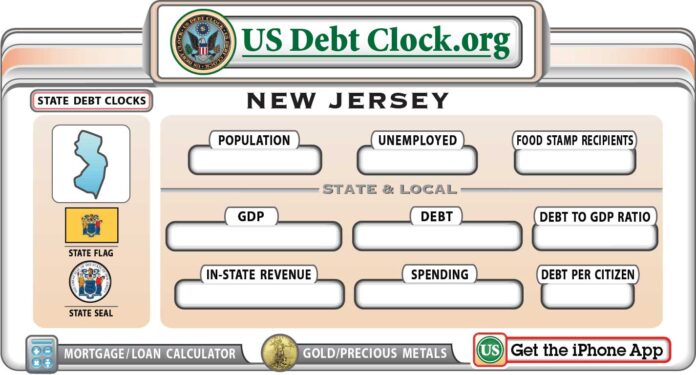Ever wonder just how deep New Jersey’s debt goes? You’re not alone. Between headlines about budget battles, credit ratings, and infrastructure spending, the sheer scope of the Garden State’s obligations can feel like a black box. But here’s the good news: the information is out there—you just have to know where to dig.
New Jersey doesn’t exactly put its debt numbers on a billboard. Instead, they’re buried in detailed, often-overlooked government reports that require time, patience, and a bit of financial fluency to navigate. But these documents hold the key to understanding not just how much the state owes, but also who it owes, and what that means for the average taxpayer.
The Reports That Matter
There are two main documents to keep an eye on if you want the full picture: the Debt Report and the Comprehensive Annual Financial Report (CAFR). Both are produced by the state Treasury Department and published online each year. They’re not exactly light reading, but they are essential for anyone who wants to understand the state’s financial posture.
The Debt Report breaks down what’s known as “bonded debt”—the money New Jersey borrows to fund big-ticket items like school construction, road repairs, and pension liabilities. As of the most recent report, that number hovers around $46 billion. This includes both general obligation bonds (backed by the state’s full faith and credit) and other forms of borrowing done through state authorities and agencies.
The CAFR, meanwhile, offers a broader view. This report includes pension and post-retirement health care liabilities—two areas where New Jersey ranks among the most indebted states in the nation. Add those numbers in, and the state’s total long-term obligations balloon to over $200 billion.
Why It Matters
Understanding the state’s debt isn’t just about big numbers on paper. It has real consequences. High debt levels can lead to credit downgrades, which make it more expensive for the state to borrow in the future. That means fewer dollars available for schools, public safety, and infrastructure.
It also affects taxpayers. Interest payments on debt are baked into the state budget every year—taking up nearly $5 billion in the current fiscal cycle. That’s money that could be spent elsewhere if the debt load were lower.
How to Find It
If you’re the type to dive into data, both reports are available on the New Jersey Department of the Treasury’s website. The Debt Report is usually released in the fall, while the CAFR comes out a few months later. For the CAFR, check the “Office of Management and Budget” section under “Financial Reports.”
And if you don’t want to comb through hundreds of pages yourself? Keep following Explore New Jersey—we’ll continue surfacing what matters, breaking down the jargon, and making sense of the numbers that impact your wallet.
In the Bigger Picture
New Jersey’s debt challenges are nothing new, but they’re coming under increased scrutiny as the state heads into another election season. Gubernatorial candidates and lawmakers are floating everything from debt reduction plans to budget caps and revenue restructuring.
Whatever happens next, the foundation for change—or stagnation—rests in these little-known but crucial documents. They’re the scorecard for New Jersey’s fiscal health and a window into whether our leaders are managing your money responsibly.
So next time someone brings up the state budget, you’ll know where to look—and what to ask.
Explore New Jersey will be watching the debt story unfold all year long. Stay tuned every Wednesday as we dig deeper into the issues shaping the Garden State.











